With so many scientific and technical terms being thrown around, the conversation around reforestation can be tricky to follow. Here is a quick guide to the what’s-what of reforestation and tree planting-related terms.
1. Sequestration
In an environmental context, sequestration happens when elements in the air and atmosphere are captured and stored through either a natural or human-generated process. Sequestration can transfer greenhouse gases like carbon dioxide from our atmosphere to places where they naturally occur or come from, such as in plants or underground.
Trees sequester carbon by breathing in carbon dioxide during photosynthesis and storing it in their trunks, branches, leaves, and roots. In the United States, our forests are the most efficient natural system for pulling carbon dioxide out of the atmosphere.
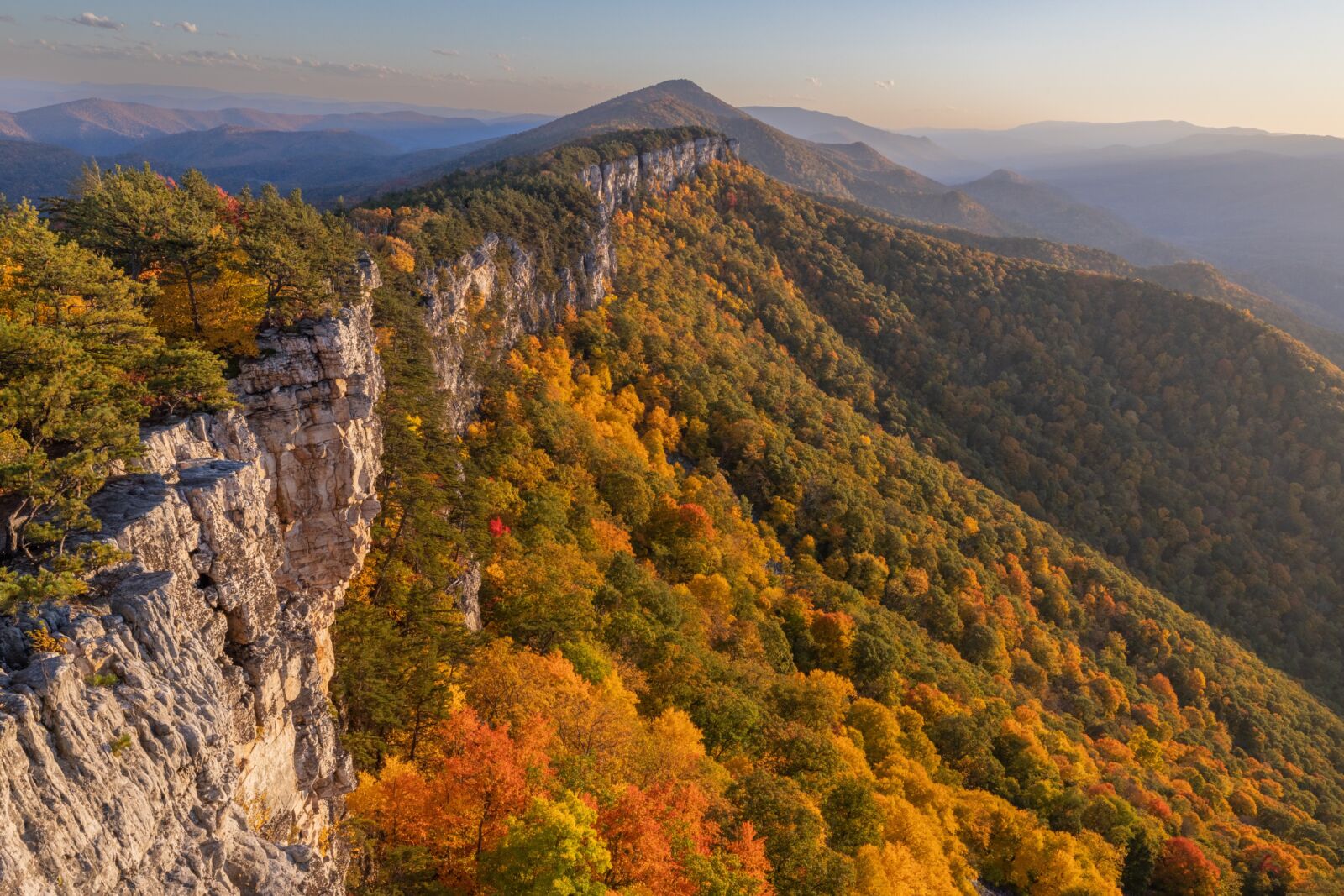
Photo by Thomas Cluderay.
2. Reforestation versus Afforestation
Afforestation means planting trees and establishing a forest or woodland where there previously wasn’t one. This contrasts with reforestation, which means planting trees in an existing forest or woodland where their numbers have been depleted.
Reforestation unlocks many benefits of healthy forests, such as climate change mitigation, clean air and water, human wellbeing, recreation, increased wildlife habitat, and resilience to future challenges like wildfire. By planting trees on National Forests, we are reforesting these areas for the benefit of all and helping to restore native ecosystems. This helps forests recover from disturbances and become more resilient.
Click here to learn more about why reforestation matters.
Photo by the NFF.
3. Silviculture
Silviculturists are essential to tree planting, but odds are you’ve either never heard of them, or you aren’t sure what exactly it is they do. In a nutshell, silviculture is the practice of forest and tree management. The goal of silviculture is to control the establishment, composition, growth, and health of forests and woodlands to sustainably meet a variety of ecological, economic, and societal needs.
The Reforestation Program at the National Forest Foundation (NFF) works in close collaboration with U.S. Forest Service silviculturists to ensure that tree planting projects have a time-tested, climate-smart, and science-based approach.
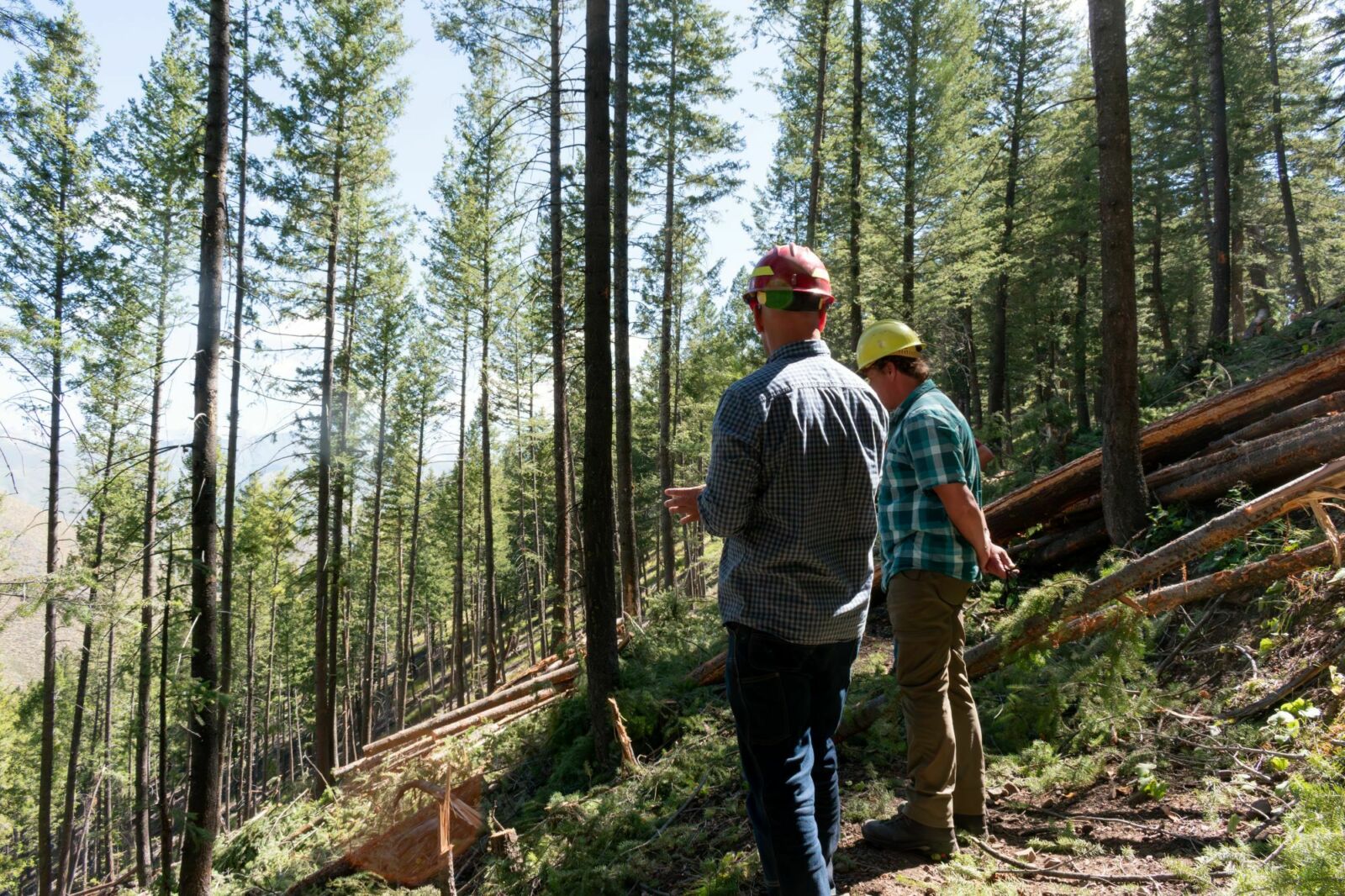
Photo by Carolyn Bucknall.
4. Native Species
There is lots of talk about “native” versus “non-native” or “invasive” species of plants and trees. How do we determine the difference?
A native species is one that is indigenous to an area or region and supports a healthy, balanced ecosystem there through no human interference. Native species of plants, including trees, tend to be adapted to a given area.
Non-native species are ones that have been introduced somewhere, usually by human influence. Invasive species are non-native species that perform so well in a new environment that they outpace the existing biodiversity and pose a threat to one or more native species.
At the NFF, our Reforestation Program only plants native tree species. These species are selected following a careful assessment of the tree planting area in which we consider regional specifications and future resilience. Learn more about what native tree species we are planting where here.
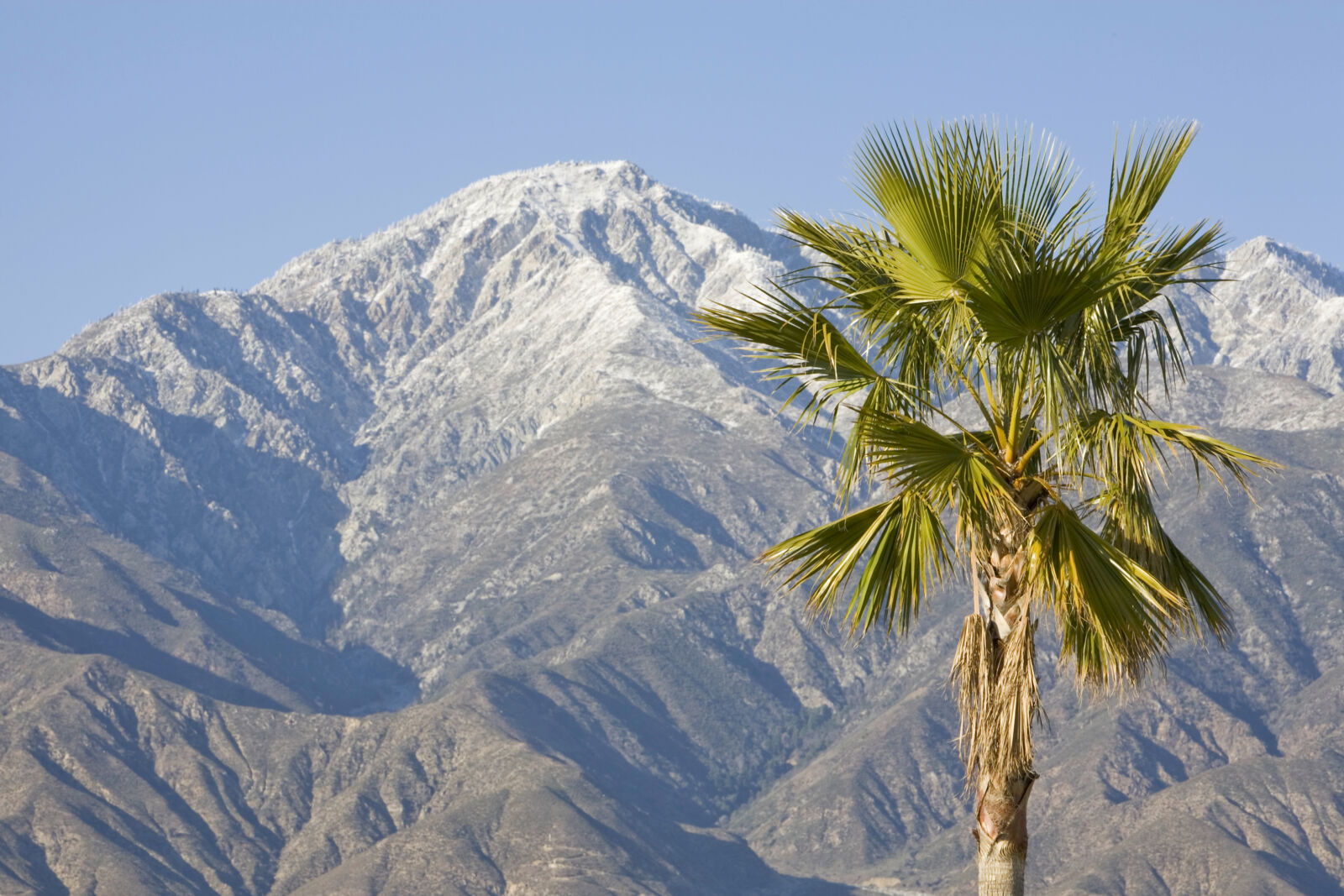
Photo by iStock.com/joeygil.
5. Microsite
A microsite is a spot in a natural environment where a newly planted tree has shelter and protection. Planting in a microsite gives a budding tree a better chance of survival.
Microsites can either be naturally occurring or created by planters. For example, many of the NFF ’s tree planting projects occur in forests affected by disturbances like wildfire. These terrains often contain opportunities for natural microsites near charred or fallen trees that can provide a baby tree natural shade, wind cover, greater soil moisture, and cooler temperatures.
Photo by the NFF.
6. Seedling
A baby tree is a seedling when it reaches 1 to 3 years old - the age where it’s just starting to form. At the seedling stage of life, a tree is ready to be replanted in reforestation projects because it’s old enough to withstand a change in environment, but its roots are still young, dense, and easy to plant. This is also when a tree is most vulnerable to disease, grazing animals, and other risks.
The NFF’s tree planting projects often increase the chance of seedling survival by planting them in microsites. Our Reforestation Program typically plants seedlings selected for their resilience and locality, grown at a U.S. Forest Service Nursery.
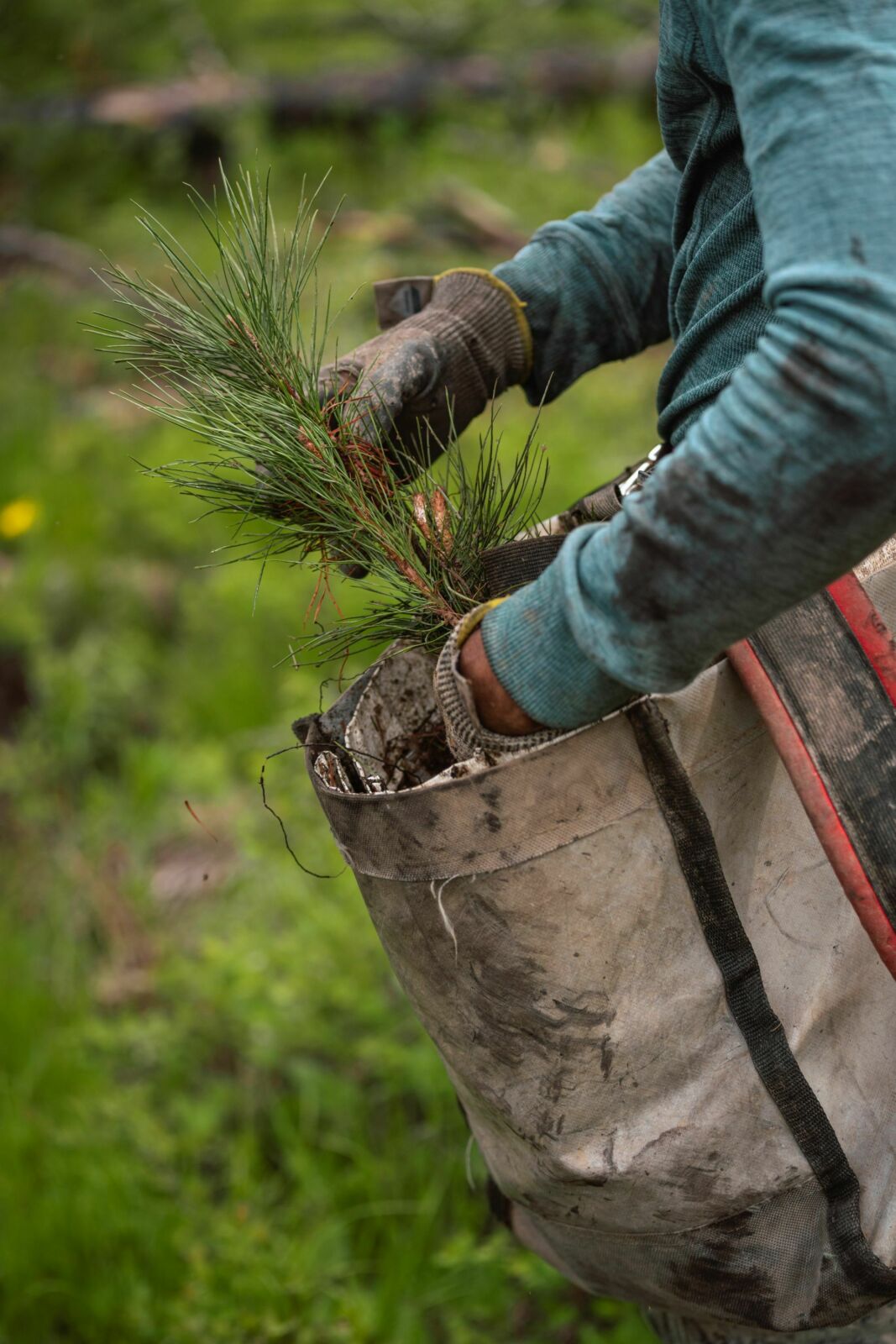
Photo by Dave Gardner.
7. Seedbanks
Seedbanks safeguard reforestation efforts for generations to come. A seedbank is a place where seeds are stored for future use. Because the primary goal of seedbanks is to preserve genetic diversity, they usually contain huge quantities of seeds from a variety of plant species.
Seedbanks have strict protocols for keeping seeds safe and sound, so the vaults are typically flood, bomb and radiation-proof! Seedbanks are like an insurance policy against the threat of extinction for native species, especially in the face of wildfire, invasive species and pests, and climate change. Seedbanks are an important part of reforestation and ecological restoration efforts.
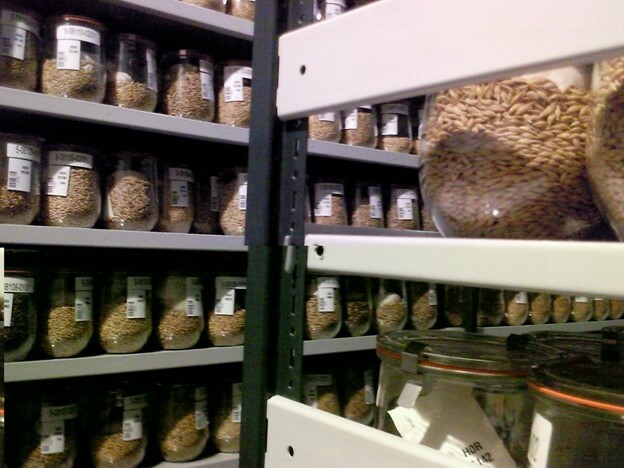
Photo by Dag Terje Filip Endresen.
Reforest Now!
If you care about climate change, you have an incredible opportunity to care for the health of our National Forests, and especially reforestation. Through our Reforestation Program, the NFF offers a proven, immediate, and effective solution to fight climate change. When you donate to the NFF to plant trees, you will help remove carbon from the atmosphere for generations to come. Check out the carbon impacts of tree planting here.
As part of the NYC Climate Week, The NFF says “We Can. We Will.” Will you? Donate and become a part of one of the largest national efforts to address climate change.
Cover photo by Dave Gardner.

